Washington, Sep 12 (V7N) – Omaha, Nebraska's largest city, may not be familiar to most Americans, with many unable to locate it on a map. Yet, this relatively obscure city could become crucial in determining the outcome of the November presidential election.
A scenario being considered involves a potential tie between Democrat Kamala Harris and Republican Donald Trump in the Electoral College, with specific results in seven swing states.
One way this tie could unfold is if Harris secures victories in Michigan, Pennsylvania, and Wisconsin—the "Rust Belt" states—while Trump wins in Arizona, Georgia, Nevada, and North Carolina, collectively referred to as the "Sun Belt" states.
Under this scenario, the second congressional district of Nebraska, which includes Omaha, could decide the national outcome.
This is due to Nebraska's unique approach to distributing its Electoral College votes.
Unlike 48 other U.S. states, where the winner takes all the electoral votes, Nebraska and Maine distribute their electoral votes based on results in individual congressional districts.
While Nebraska is known as a rural and staunchly conservative state, its second district has occasionally been won by Democrats, including by Barack Obama in 2008 and Joe Biden in 2020. In both instances, the state sent four electors for Republicans and one for Democrats.
The 'Blue Dot' Phenomenon
The second district has earned the nickname "Blue Dot" due to its Democratic support in an otherwise Republican-dominated state. Gregory Petrow, a political science professor at the University of Nebraska, notes, however, that the district is more of a "purple dot" due to its mixed political demographics.
"The district has only had two Democratic members of Congress in recent decades, both of whom served a single term, while the rest have been Republicans," Petrow explained. Omaha, the district's population hub, has a Republican mayor but a Democratic majority on its city council.
Recognizing the district's significance, both parties are keenly focused on Omaha. Republicans unsuccessfully attempted to change the state's voting system earlier this year to adopt a winner-takes-all approach. Meanwhile, Vice President Harris sent her husband, Doug Emhoff, to Omaha in March to speak on women's reproductive rights, a central issue in the election and a factor that could increase voter turnout.
The Reuben Sandwich Connection
Last month, both parties sent their running mates to Omaha, with Tim Walz representing Harris and J.D. Vance for Trump. The city is notably known for being the birthplace of the Reuben sandwich—made with corned beef, sauerkraut, Thousand Island dressing, and Swiss cheese between rye bread.
Whether Walz, a Nebraska native, or campaign advertising will ultimately influence Omaha voters remains to be seen. On September 4, the Republican-aligned Congressional Leadership Fund announced it would boost its ad budget in the district by $1.5 million, increasing its total to $4.3 million.
In August, Harris's campaign spent $700,000 on television ads in Nebraska, with plans to invest an additional $7 million in Omaha during the election season.
If the predicted Rust Belt-Sun Belt divide holds, winning Nebraska’s second district could secure the presidency for Harris. However, if Trump claims the district, the result could be a rare tie, with each candidate receiving 269 Electoral College votes.
In the event of such a tie, the U.S. House of Representatives would be tasked with selecting the next president, as outlined by Article 2 of the Constitution. Though unlikely, this outcome remains a possibility.
END/WND/SMA/



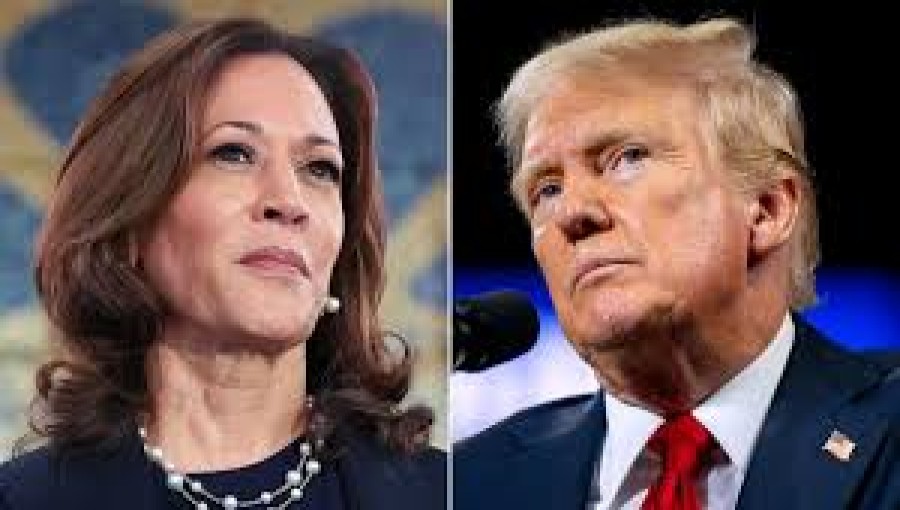
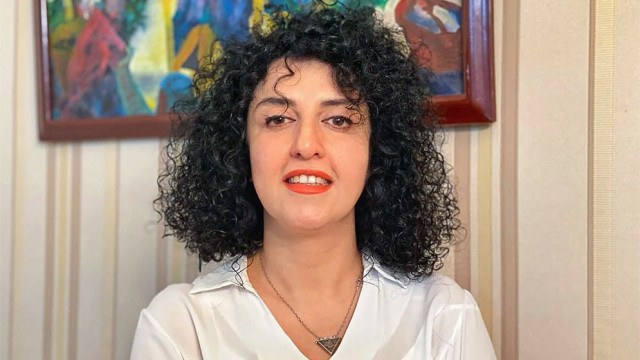
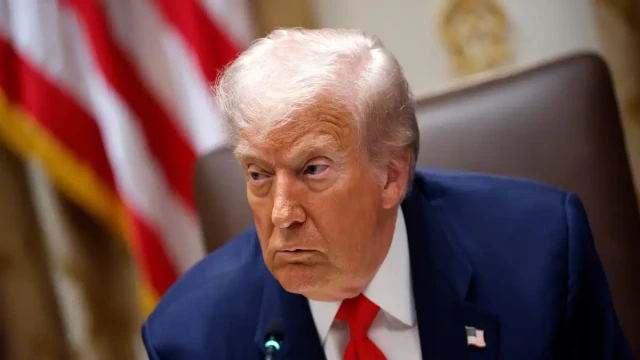
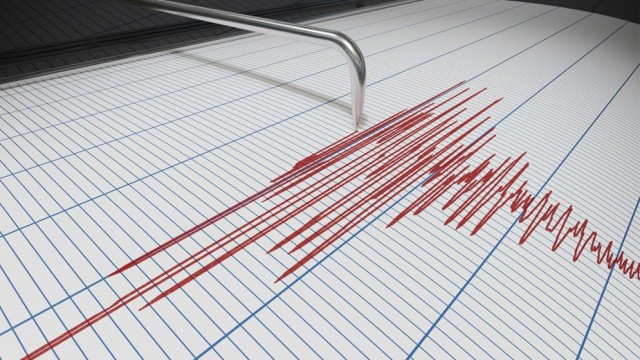
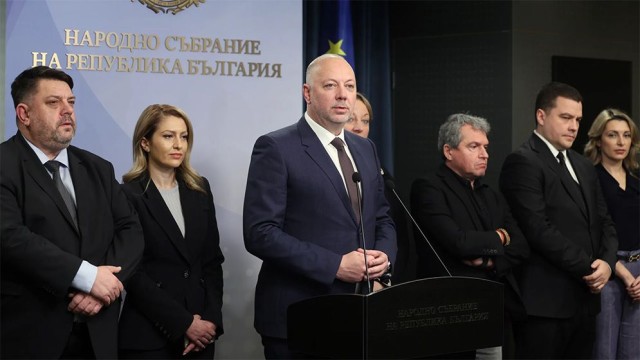

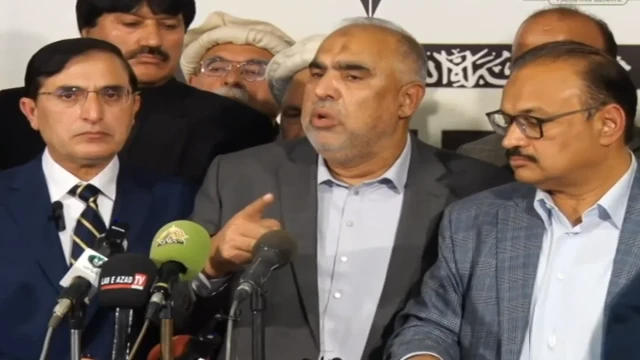

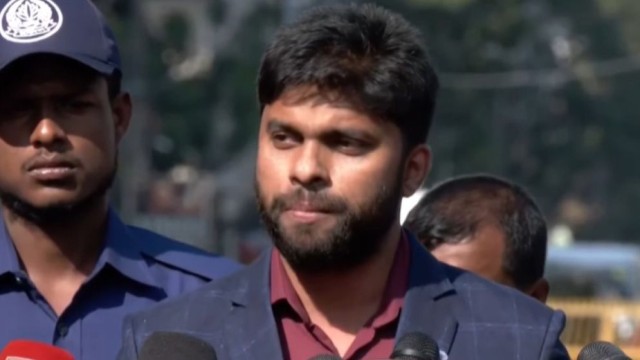

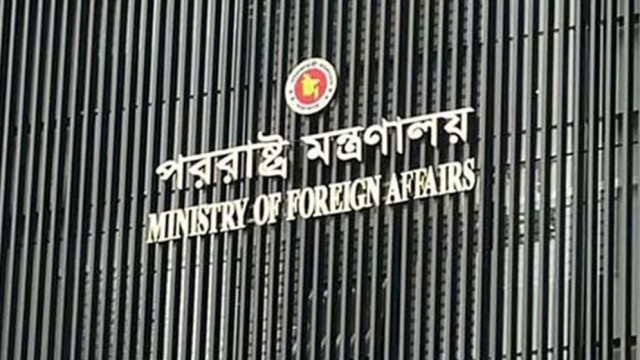
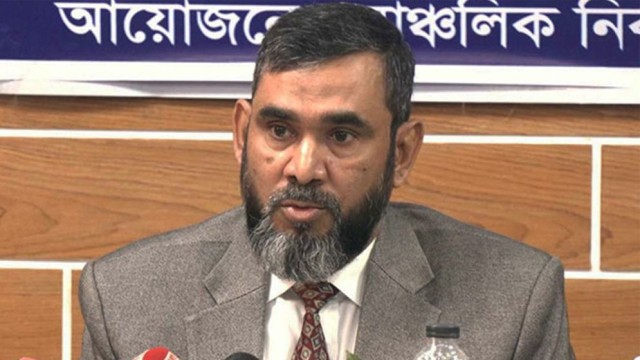
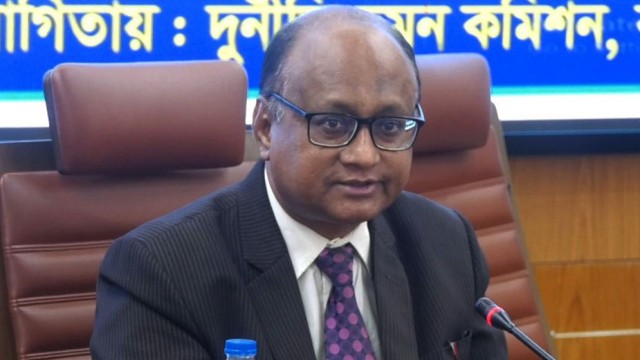

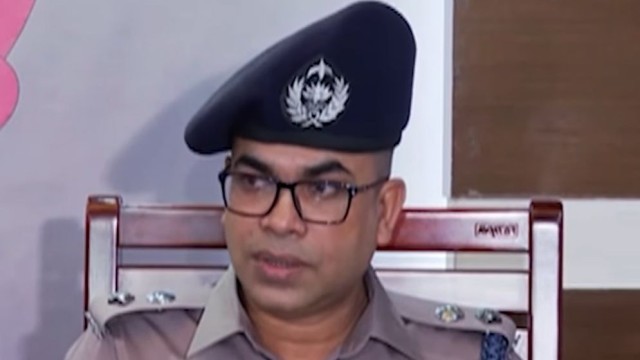

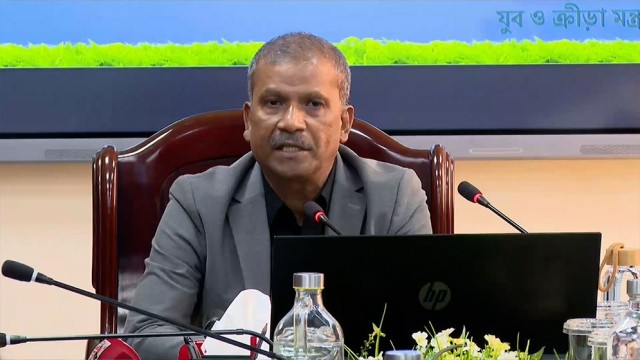

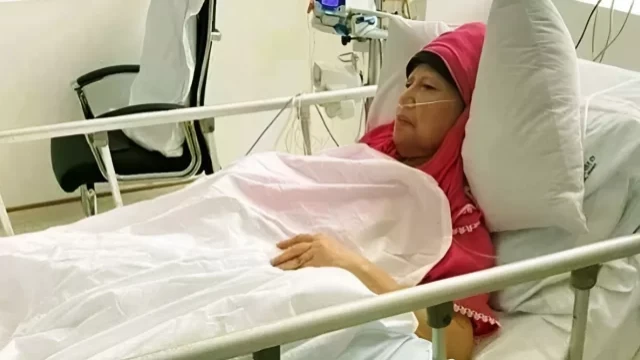
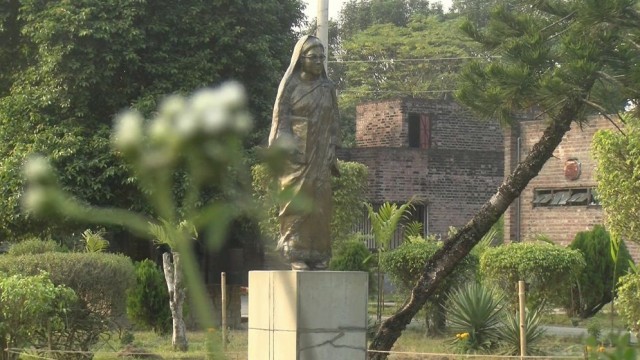

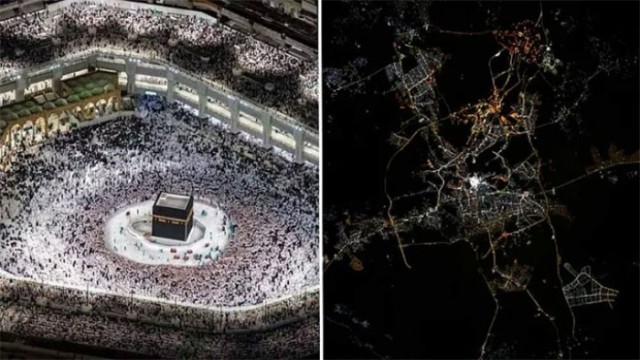



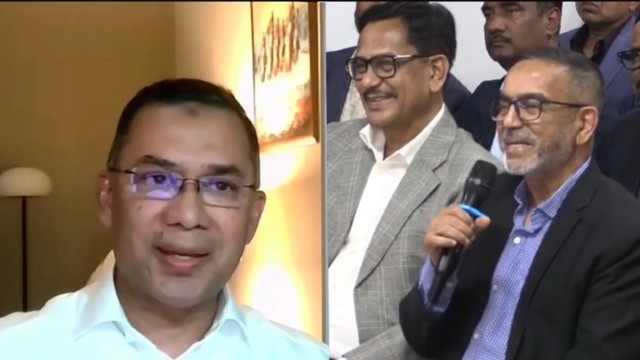

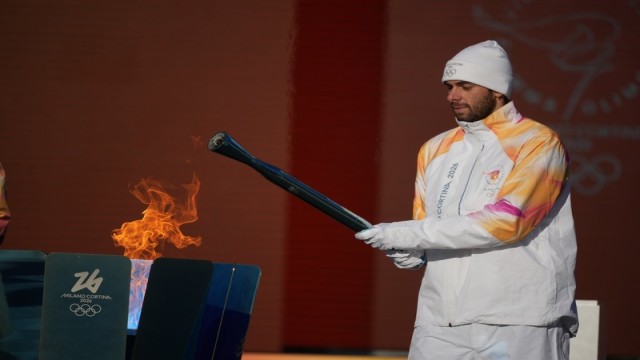
Comment: